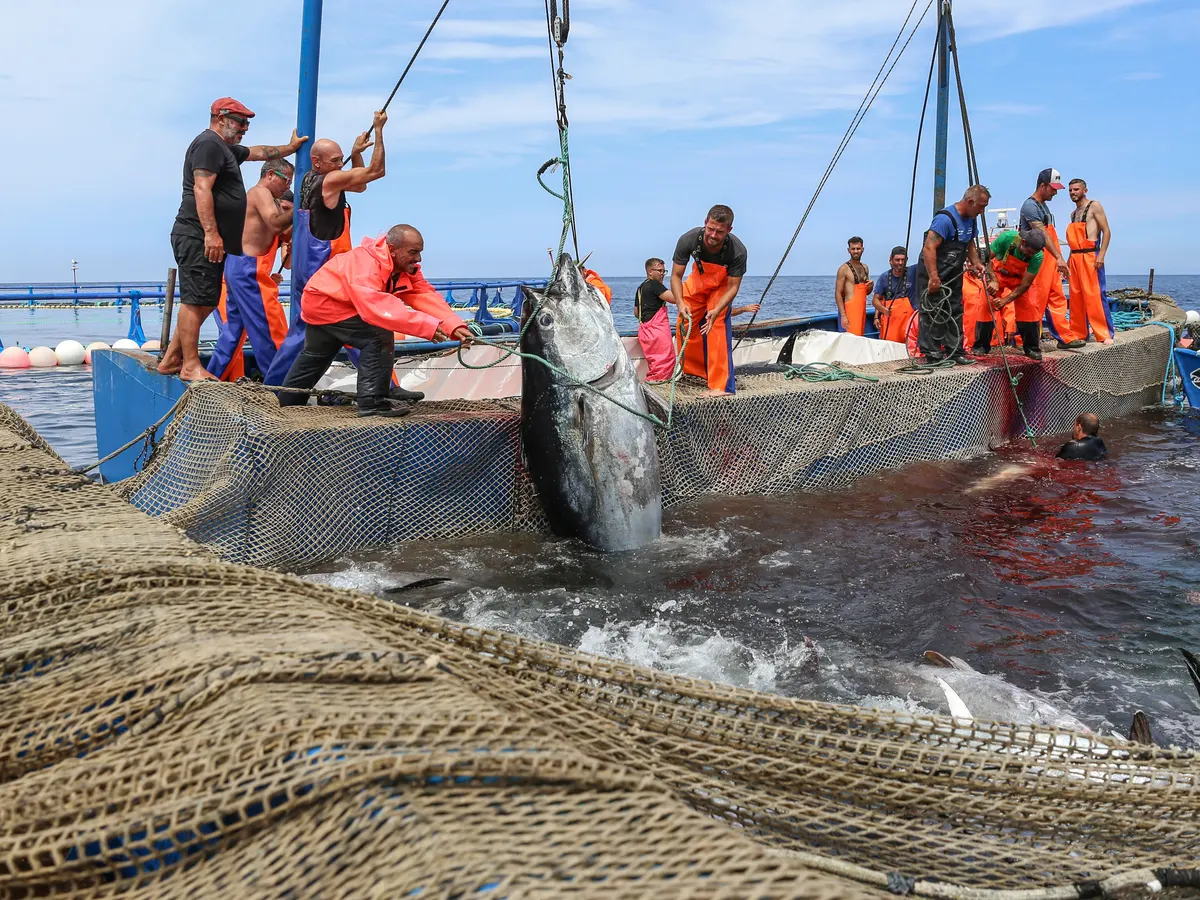Fishing is more than just a means of sustenance; it is an art form that has been practiced for thousands of years, evolving into a diverse array of techniques and traditions around the globe. From the serene fly fishing in the rivers of Scotland to the dynamic harpoon fishing in the icy waters of Greenland, each region has developed its unique approach to catching fish. This article explores the rich tapestry of fishing methods and cultural practices that reflect the ingenuity and connection of people to their environments.
The Techniques:
- Fly Fishing:
Originating in British Isles, fly fishing is an angling method where an artificial “fly” is cast using a fly rod, reel, and specialized weighted line. The “fly” imitates insects that fish prey upon, making it a highly skilled and patient technique that requires precision and grace. - Trolling:
Trolling involves dragging bait or lures from a moving boat to attract and catch fish. This technique is popular in both freshwater and saltwater environments and can be used to target a wide range of species. Trolling requires knowledge of fish behavior and the ability to read the water and weather conditions. - Bottom Fishing:
Also known as ground fishing, this method targets fish that live near the sea or lake floor. Anglers use heavy weights to sink the bait or lure down to where the fish are. Bottom fishing can be done from boats or from the shoreline and is effective for catching species like cod, haddock, and flounder. - Spearfishing and Harpoon Fishing:
Practiced since prehistoric times, spearfishing involves using a spear, speargun, or bow and arrow to catch fish. Harpoon fishing is similar but uses a large barbed spear launched by hand or a gun. These methods are physically demanding and require excellent swimming skills and breath-holding abilities. - Longlining:
Longlining is a commercial fishing technique that uses a long main line with baited hooks attached at intervals. This method can catch large quantities of fish but has raised concerns about bycatch and the impact on marine ecosystems.
The Traditions:
- Indigenous Fishing Practices:
Many indigenous cultures have developed sustainable fishing practices that have been passed down through generations. For example, the Yupik people of Alaska use traditional ulu knives to clean fish and build fish racks for drying salmon, which is a vital part of their diet and culture. - Mediterranean Fishing Traditions:
In the Mediterranean, traditional fishing boats like the Italian “Lumaconi” or the Greek “Kafkas” are still used, and techniques such as trawling with nets made from natural fibers are common. The Mediterranean diet, rich in seafood, reflects the importance of fishing in the region’s culture and cuisine. - Asian Fishing Techniques:
Asia boasts a variety of fishing traditions, from the use of cormorant birds by fishermen in China to catch fish, to the intricate rice field fish farming in Southeast Asia. These practices often integrate fishing with other agricultural activities, highlighting the interconnectedness of life in rural communities. - Pacific Island Fishing:
In the Pacific Islands, fishing is not only a way of life but also a cultural practice. Traditional canoes are still used, and techniques like handlining, spearfishing, and using fish traps are common. Fishing is often accompanied by chants and rituals that honor the sea and its creatures.
Conclusion:
The art of fishing is a testament to human adaptation and innovation. Each technique and tradition carries with it the wisdom of generations, a deep respect for nature, and the joy of the catch. Whether it’s for sport, sustenance, or cultural practice, fishing continues to be a significant part of human culture, connecting people to the natural world in a unique and timeless way. As we continue to explore and celebrate these diverse methods, it is crucial to remember the importance of conservation and sustainability to ensure that future generations can enjoy the art of fishing as much as we do today.
